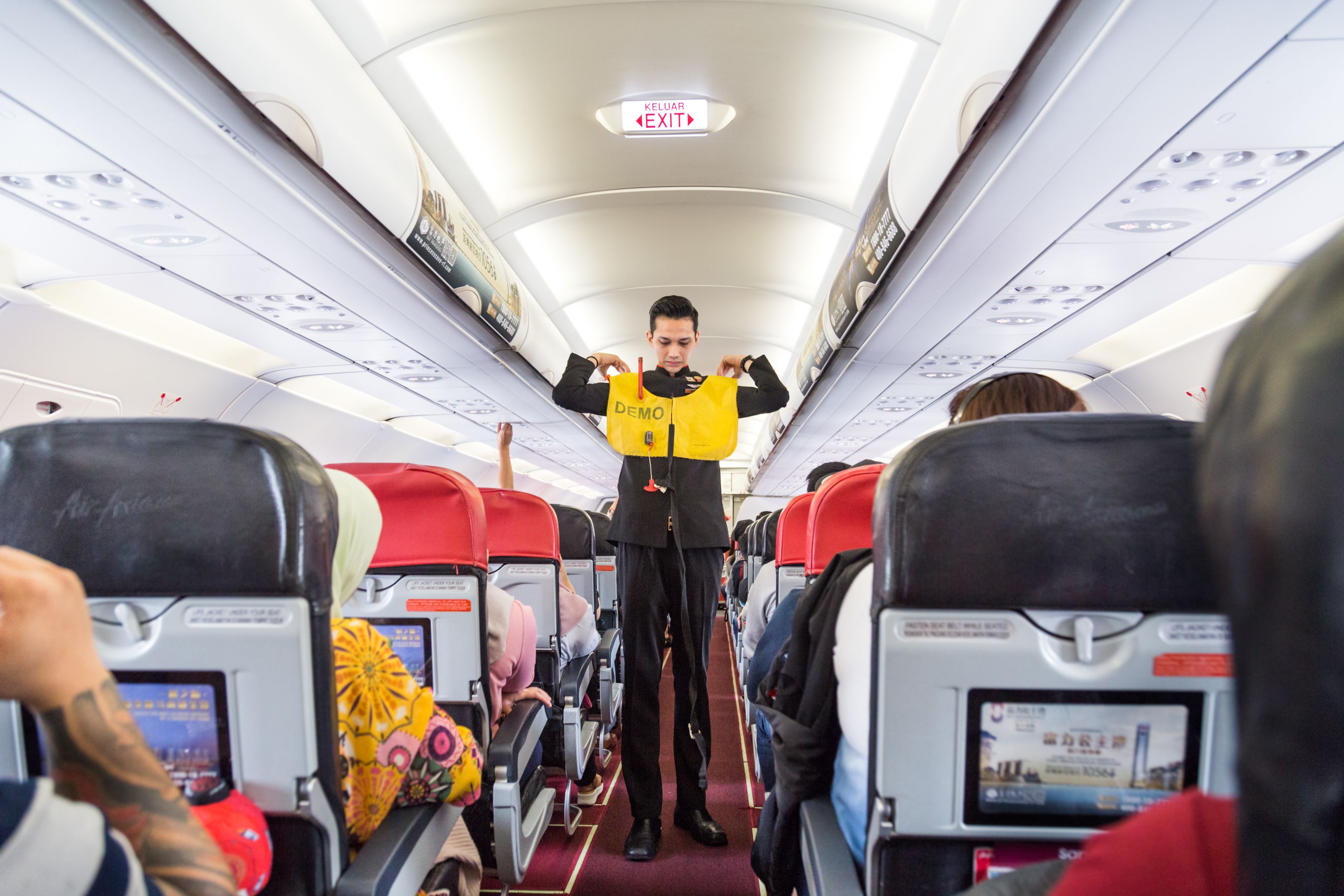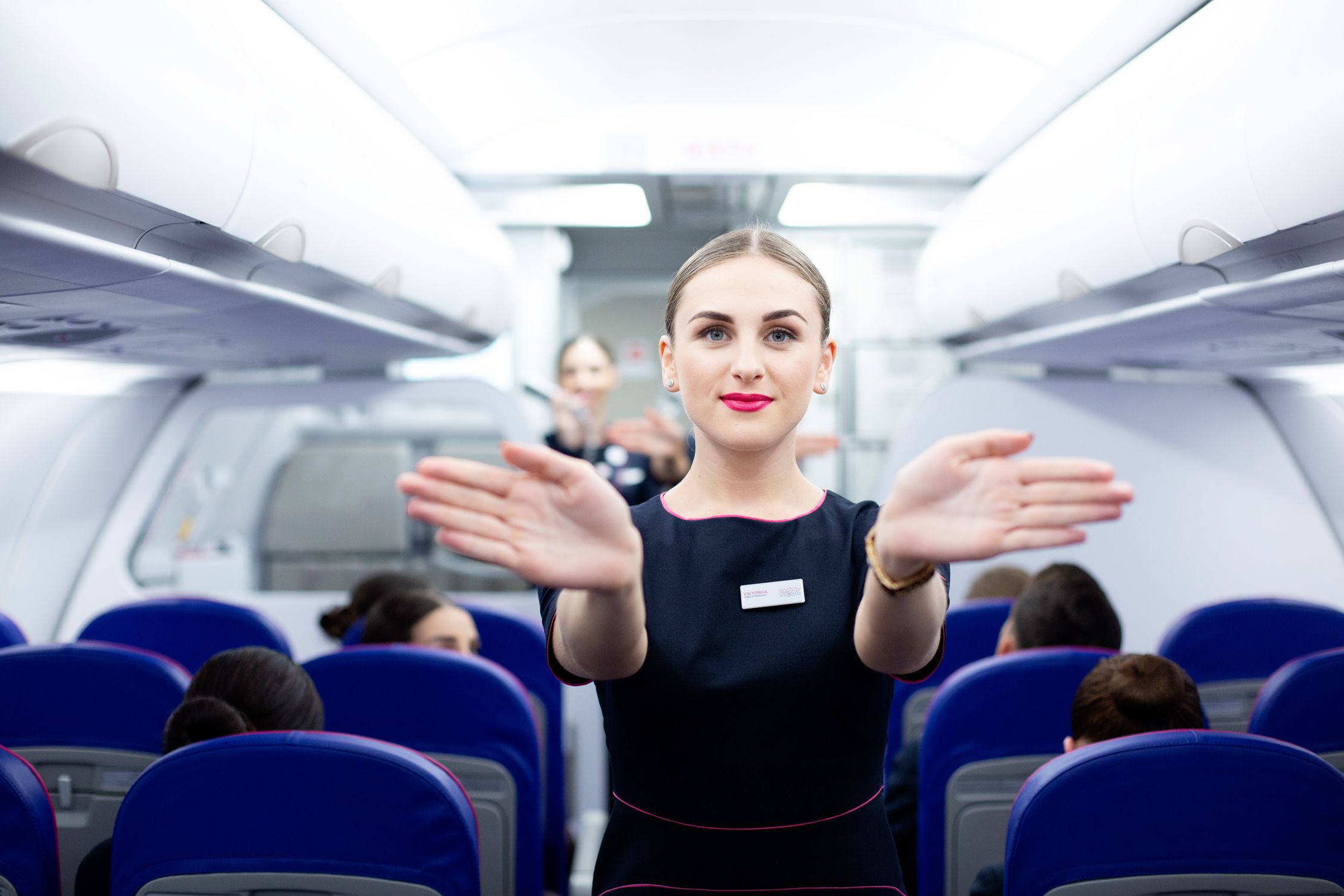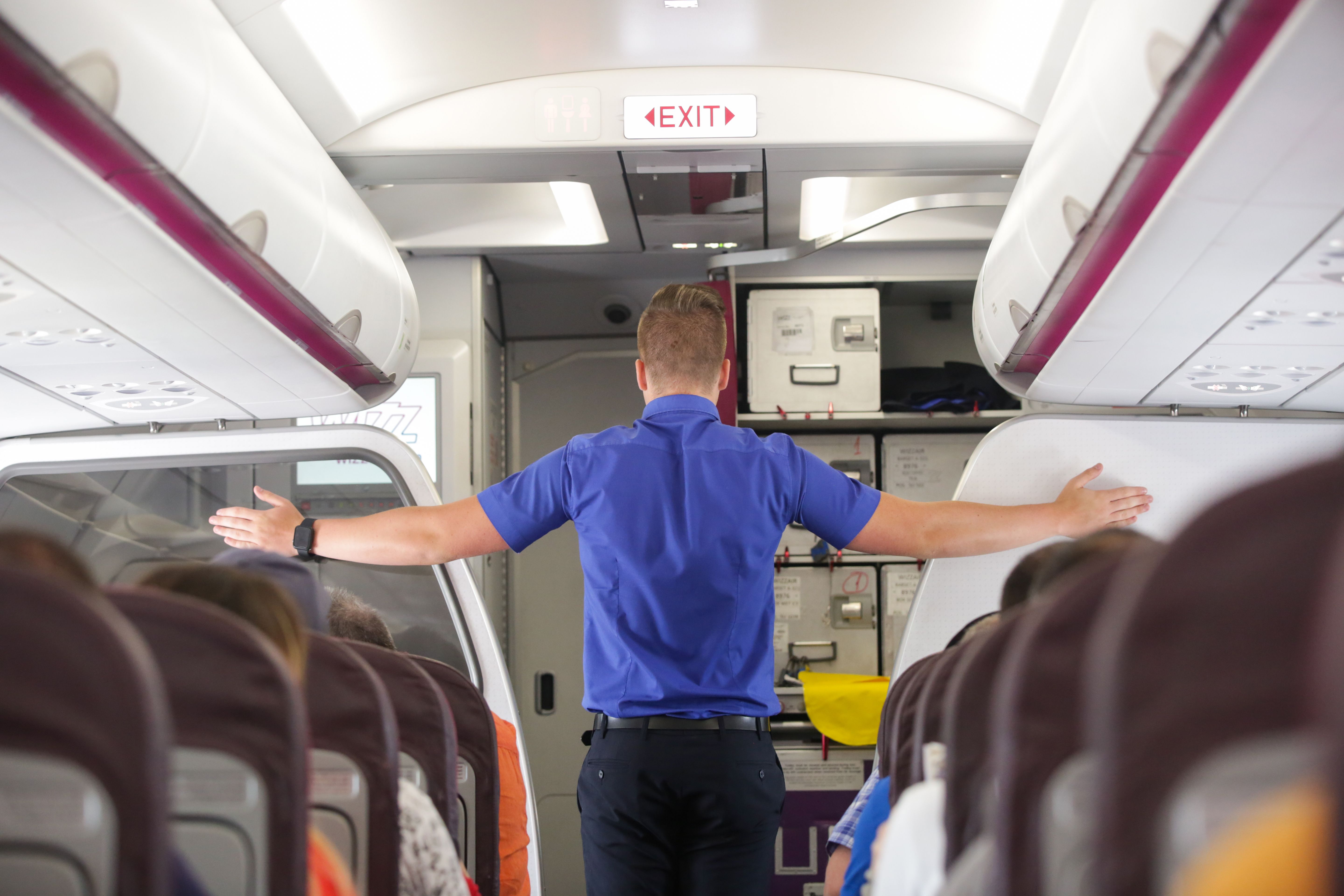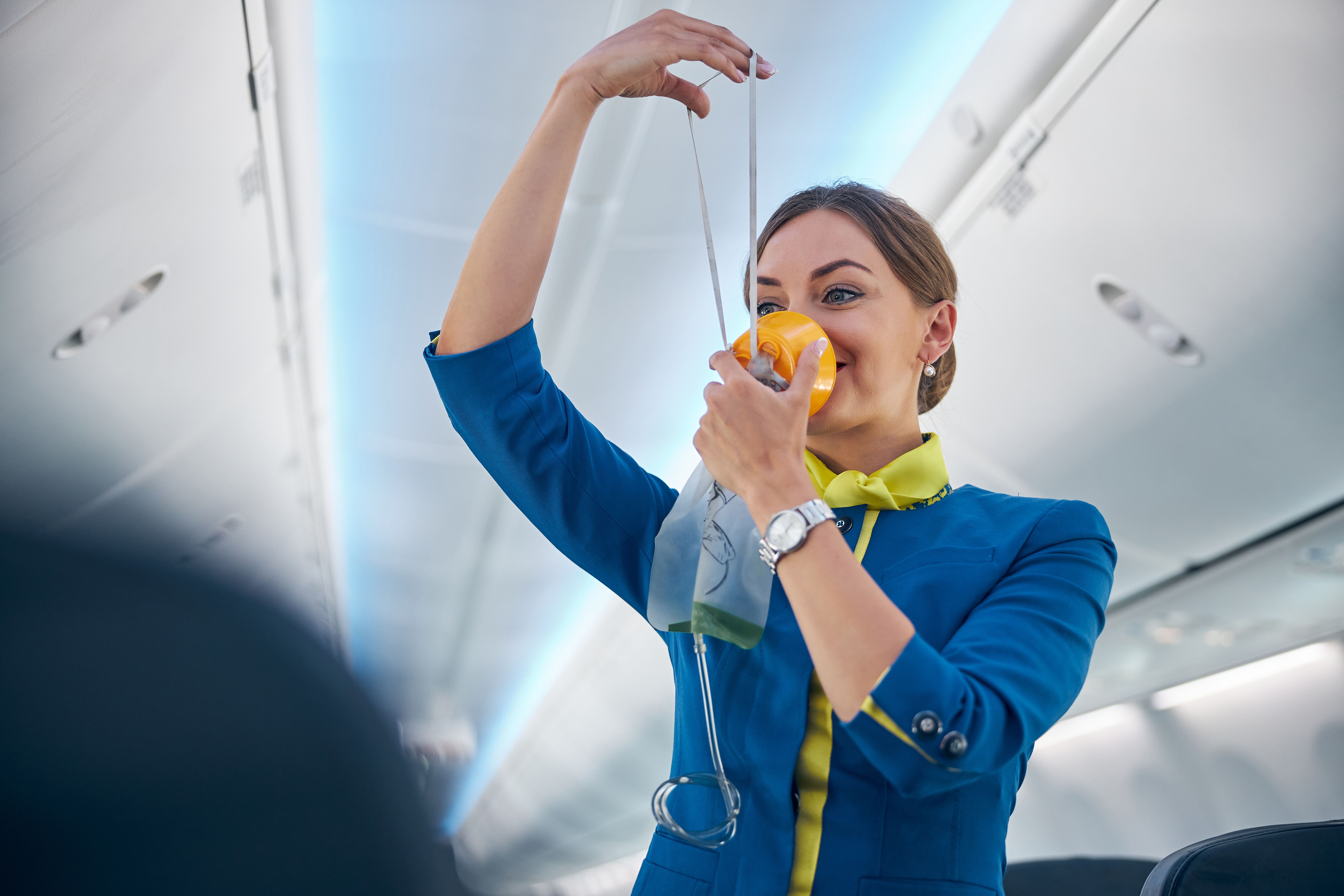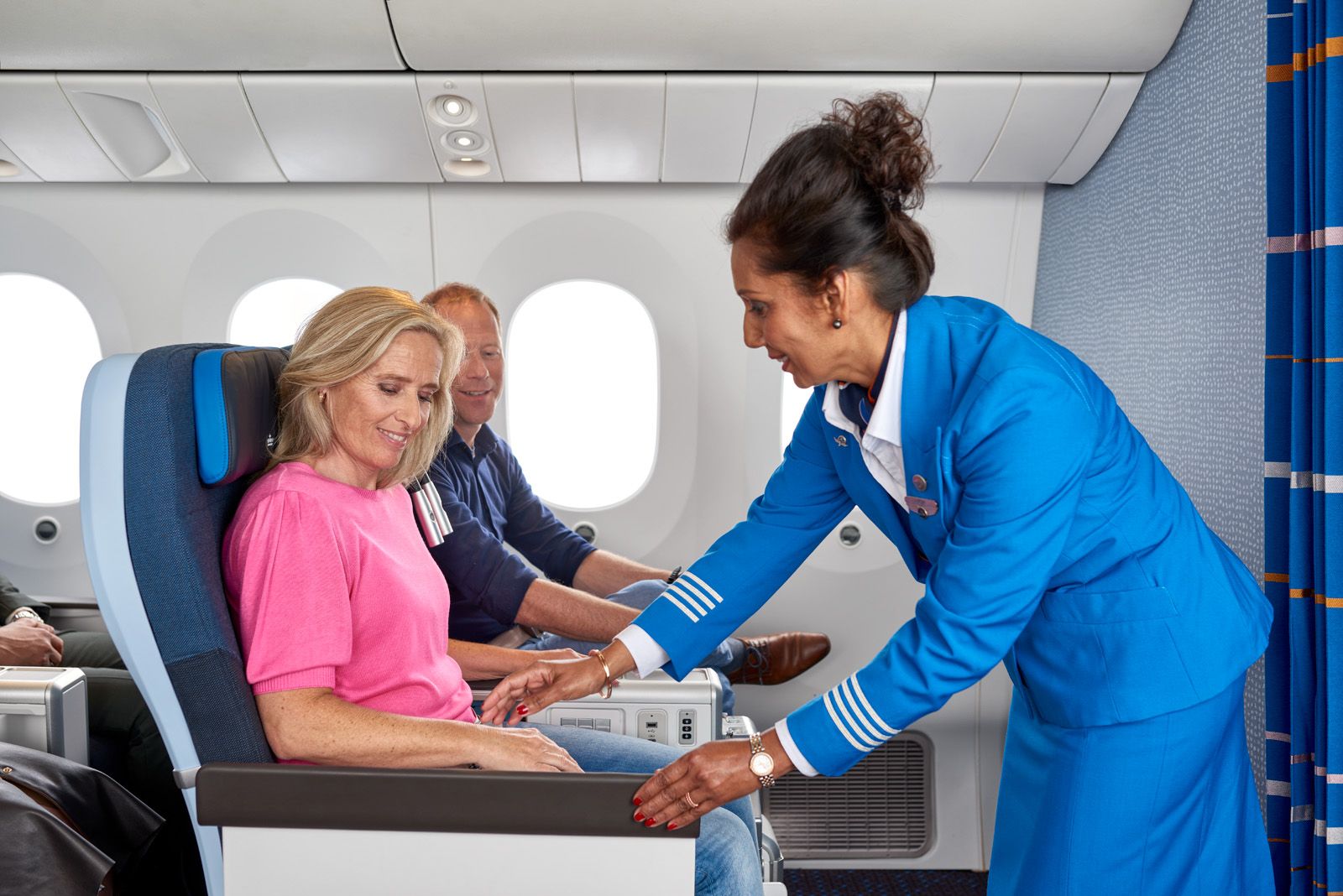The pre-fight safety demonstration is a necessity on every flight, and legally, airlines have to provide this safety information. It can be performed by the flight attendant manually or through a video using the inflight entertainment system. We've seen everything from cartoons and comedy to dancing and music videos, but still, rarely do passengers watch them. Let's break down the safety demonstration to understand why we need to pay attention.
Introduction
Airlines like to introduce you to their brand and give you a little more information about the flight. They also have to tell you about the safety features of the aircraft that you are flying on. The International Civil Aviation Organization (ICAO) advises that all passengers are to be orally briefed before take off.
It does not state how this has to be done, but it will depend on the aircraft type and the airline's policy. One of the languages used (either vocally or subtitles) must be English as it is the official aviation language.
Get the latest aviation news straight to your inbox: Sign up for our newsletters today.
First instructions
You will be asked to stow your baggage away safely, either in the overhead locker or under the seat in front of you (non-exit rows only). The tray table should be stowed away, and the seat back put upright and leg rests put away.
This is to ensure there are no obstructions if evacuation was needed. This is not just for your own safety but for the sake of the people seated around you.
Safety card
The safety card is kept in the pocket of the seat back in front of you or in the pocket on the bulkhead. It is a legal requirement for all seats to have a safety card. The card shows instructions of what to do in an emergency, where the exits are and how to evacuate the aircraft. It also shows the brace position should there be an emergency landing.
Seatbelt
The cabin crew will demonstrate the opening and closing of the seat belt. It might seem very simple, but it has been seen in aircraft accidents that people in shock sometimes struggle to release their seatbelts. It is often advised that passengers should keep their seatbelts on during the flight in case of unexpected turbulence.
Exits
The emergency exits will be shown and pointed out to you by the flight attendants. Your nearest exit may be in front or behind you. It is a good idea to count the number of seat rows to your nearest exit. This would be crucial during an evacuation where you cannot visually see the exit, for example, in darkness or in smoke.
Emergency floor-level lighting will also be pointed out. Passengers are informed that they must leave all baggage behind should there be an evacuation. This is because it slows it down and can damage the slide.
Oxygen masks
Oxygen masks will drop should there be a decompression (loss of cabin pressure). The passenger should pull the mask towards them to start the flow of oxygen. The bag does not inflate. The mask should be placed over the nose and mouth.
You should fit your own mask before helping others. It has been found in previous incidents that passengers don't always know how to use the oxygen mask correctly and sometimes, it has proven fatal.
Life vest
Crew will demonstrate how to use the life vest in case of an emergency evacuation on water. They will show passengers how to fit it, and how to inflate it (outside the aircraft only). This is because, in a previous ditching accident, passengers had inflated life jackets before evacuating, the water level in the cabin increased, and they became trapped inside the aircraft. The whistle, light, and manual inflation tube are also demonstrated.
Other items
Safety demonstrations often include the notice that smoking is not allowed and attempts to smoke in lavatories can result in prosecution. Furthermore, lavatory smoke alarms must not be tampered with.
Cell phones can only be used in airplane mode, and portable electronic devices must be switched off during take-off, taxi and landing. Stowable video screens must be put away. Window blinds should be up, so that the flight attendants can see outside conditions should there be an evacuation.
Secure check
The flight attendants will then walk through the cabin and check that all baggage is safely stowed, passengers are wearing seatbelts, and the cabin is fully secure for take-off.

